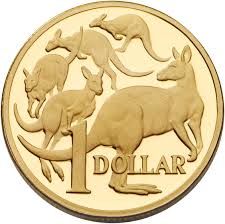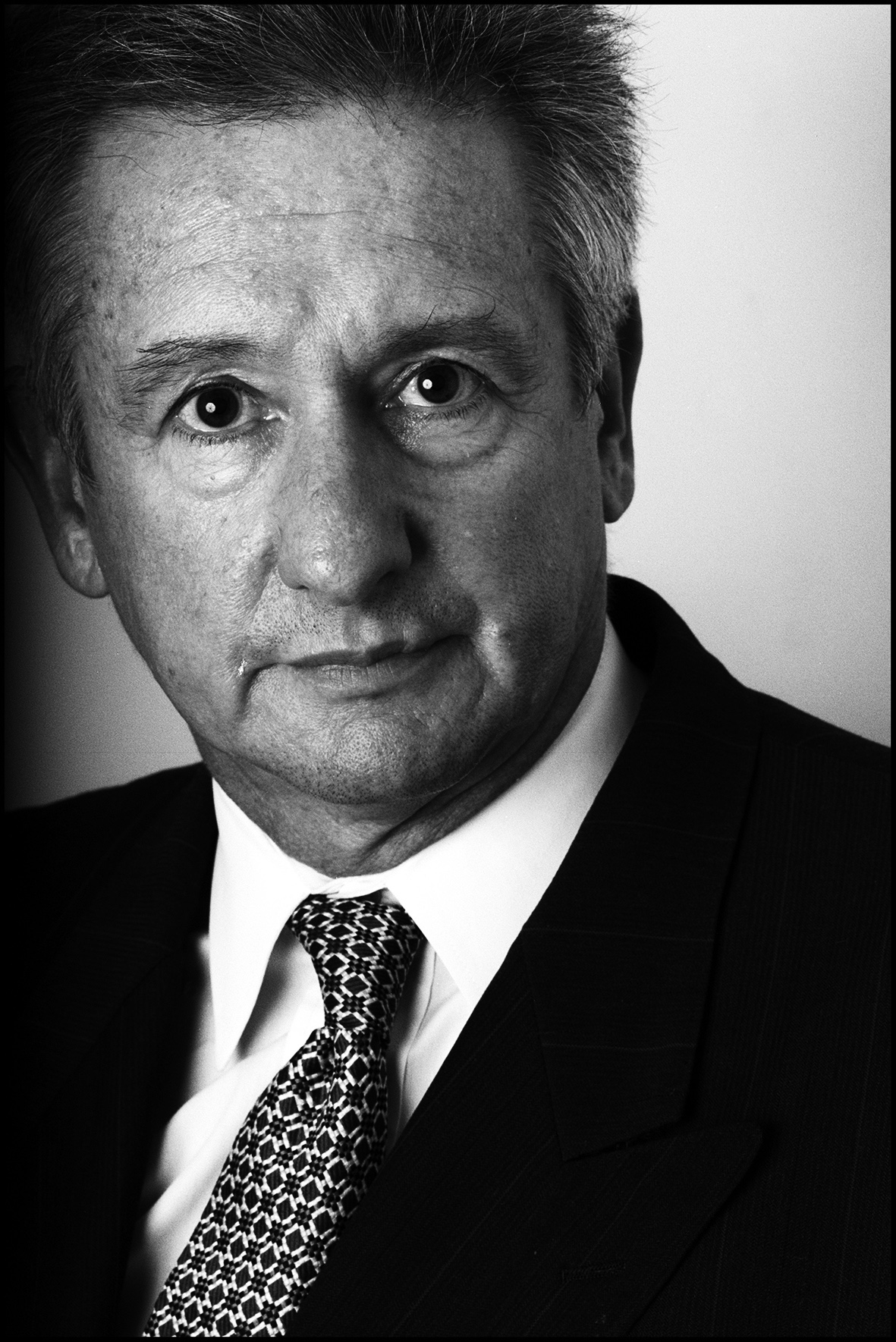DATA NEWS We love data!
Australian economy enters the ‘new normal’
Is the economic cliche ‘the new normal’ actually coming to fruition? Looking at the numbers coming down the economic pipeline it sure looks like it.
Investors should take note because it will have a major influence on where they put their money in the future.
Based on the assumption that the Australian economy has now fully entered the transition from the resources boom to a more balanced economy, albeit with a heavy concentration on new dwelling construction, what is the future going to look like and how are we going to pay for it?
Can the Lucky Country do it one more time or will we actually have to introduce reforms that underwrite that future as we did back in the 1980s.
The ‘do nothing’ school of thinking won’t be enough especially if we’re depending on historic economic growth to keep us on track. This was brought home recently in a speech by Reserve Bank of Australia governor Glenn Stevens who shocked economists by challenging the long-held assumption that national growth would continue to track above 3 per cent, the rate considered necessary to lift the job numbers. Most projections on forward GDP have always by predicated on a near 3.5 per cent growth rate.
In fact, later in the same week RBA’s monetary statement contained growth forecasts cut back to 2.0 to 3.0 in June 2016, while inflation was expected to rise slightly from 1.75-2.75 to 2.0-3.0 per cent. Mr Stevens went further and warned that while further interest rate cuts remain an option there is an urgent need for fresh entrepreneurship and risk-taking in this country.
This was backed up by the RBA’s decision not to act on rates at the board’s July meeting. Most economists think rate moves are off the agenda until next year.
This is reinforced by the bank’s sudden silence on the right rate for the Australian dollar. Until recently the RBA has been jawboning that the $A was still too high in relation to the decline in the terms of trade which has been brutalised by falling commodity prices. Now with the $A seemly range bound in the lower US70c area, and held captive by US dollar and potential US rate moves, it has indirectly delivered a pseudo rate cut to Australian businesses and exporters.
Now with the $A seemly range bound in the lower US70c area, and held captive by US dollar and potential US rate moves, it has indirectly delivered a pseudo rate cut to Australian businesses and exporters.
Respected Australian Financial Review economics writer Alex Mitchell described this as a signs of a major shift in thinking within the bank, ‘Mr Stevens indicated that the weaker growth of recent years – which has seen the jobless rate rise above 6 per cent and helped blow-out the federal budget deficit – may well be the economy’s new normal.’
There’s that phrase again. So what can we expect from the new normal?
It looks like is: Lower growth than expected putting more pressure on the Federal Government to examine new revenue measures to fill the holes in the Budget; less buying power for Australia consumers as import prices rise; lower returns for investors as companies try to wring more growth out of cost-cutting measures rather than invest for growth. Super funds are already warning their clients that returns will be back to single digit numbers, hopefully in the 5-6 per cent range.
But having said all that the underlying strength of the Australian economy seems to be shining through. The latest jobless numbers, despite touching a 13-year high of 6.3 per cent also highlights how many jobs are being created as the economy transitions.
According to Craig James at CommSec: ‘employment rose by 38,500 in July after rising by a revised 7000 in June (previously estimated at a 7300 rise in jobs). Full-time jobs rose by 12,400 while part-time jobs rose by 26,100. In trend terms jobs rose by 17,800 in July and by 214,400 in the past year. In trend terms, employment has risen for 21 consecutive months.
The reason the headline number rose was the economy was enticing more people into seeking employment. That doesn’t look like an economy in trouble but rather one looking for a trigger to stimulate growth, which means that government must create an environment for that to happen. The property and construction boom won’t go on forever and a cooling off in some sectors is already evident in most capital cities.
The Government of course will have lots of reports to choose from i.e. the taxation review, which it seems to want to bury before we even see it, the Murray review into finance and banking, and the Productivity Commission report highlighting the impact on jobs of the nation’s industrial relations laws. Many of these reforms could easily help push growth back over that 3 per cent marker.
So what do investors do in this restrained environment? They’ve been jumping into investment property like there’s no tomorrow but banking restrictions aimed at cooling off the market will have an impact, especially when it comes time to roll over investment loans.
Fixed-term bank deposits are offering next to nothing after inflation, in fact term deposits are down 4.3 per cent on a year ago – the sharpest decline in 12 years. Term deposits have been regularly falling in annual terms for 18 months – the longest period in records going back almost 30 years.
The bond market is not really accessible to retail investors but it has proved resilient over the past decade. No one is quite sure what will happen when global rates start to rise.
Most observers think that conservative investors will still gravitate to the share market in search of yield, especially if this next reporting season is better than expected. However the lack of depth in the market is a worry, with mining leaders experiencing tough times. Allowing local listings of the some of the world’s leading stocks would benefit local investors looking to diversify in local currency.
It was also interesting to read the thoughts of the economic guru Joachim Fels at global bond fund PIMCO who has replaced the legendary bond trader Bill Gross. Mr Fels took a global perspective in his first report but he could have been writing about Australia.
He said the world faced the prospect of “the three gluts” – of money, savings and oil. The former chief economist at Morgan Stanley reminded clients that conservative investment was still ‘the norm’ as echoes from the global financial crisis lingered.
This meant people were still tending to horde savings rather than invest them. This was because of history: with consumers still scarred by the financial crisis; demography, with savers living longer; inequality, with the rich saving more than the poor; technology, with new companies able to expand with little investment; and necessity, with emerging market companies dealing with capital flight risks.
However the current oil glut had softened the impact of the savings glut on consumer demand by shifting income from rich oil producers to consumers. This would lead to stronger demand in the future.
The third glut, the so-called “money glut”, was a consequence of the above and meant central banks had lowered interest rates to find the equilibrium level to spur investment. This had happened in a domino effect around the world. He predicted there here would be more monetary easing in 2015 from China and other commodity-producing countries, which were expected to follow the European Central Bank and the Bank of Japan.
The net impact of these three gluts would be for global growth, inflation and interest rates to remain lower than previously to reflect the savings glut, but for a cyclical pick-up in economic growth and inflation to occur as a result of cheap energy and stimulatory policy, he said.
Sounds like Australia is not alone when it comes to the ‘new normal’.
So RBA’s Glenn Stevens should have the last word. In his speech he challenged those in politics, the media, unions, business and welfare bodies to ensure the recent surge in the debate about the need for reform took place using a “positive narrative for economic growth.” Let’s hope that happens.

